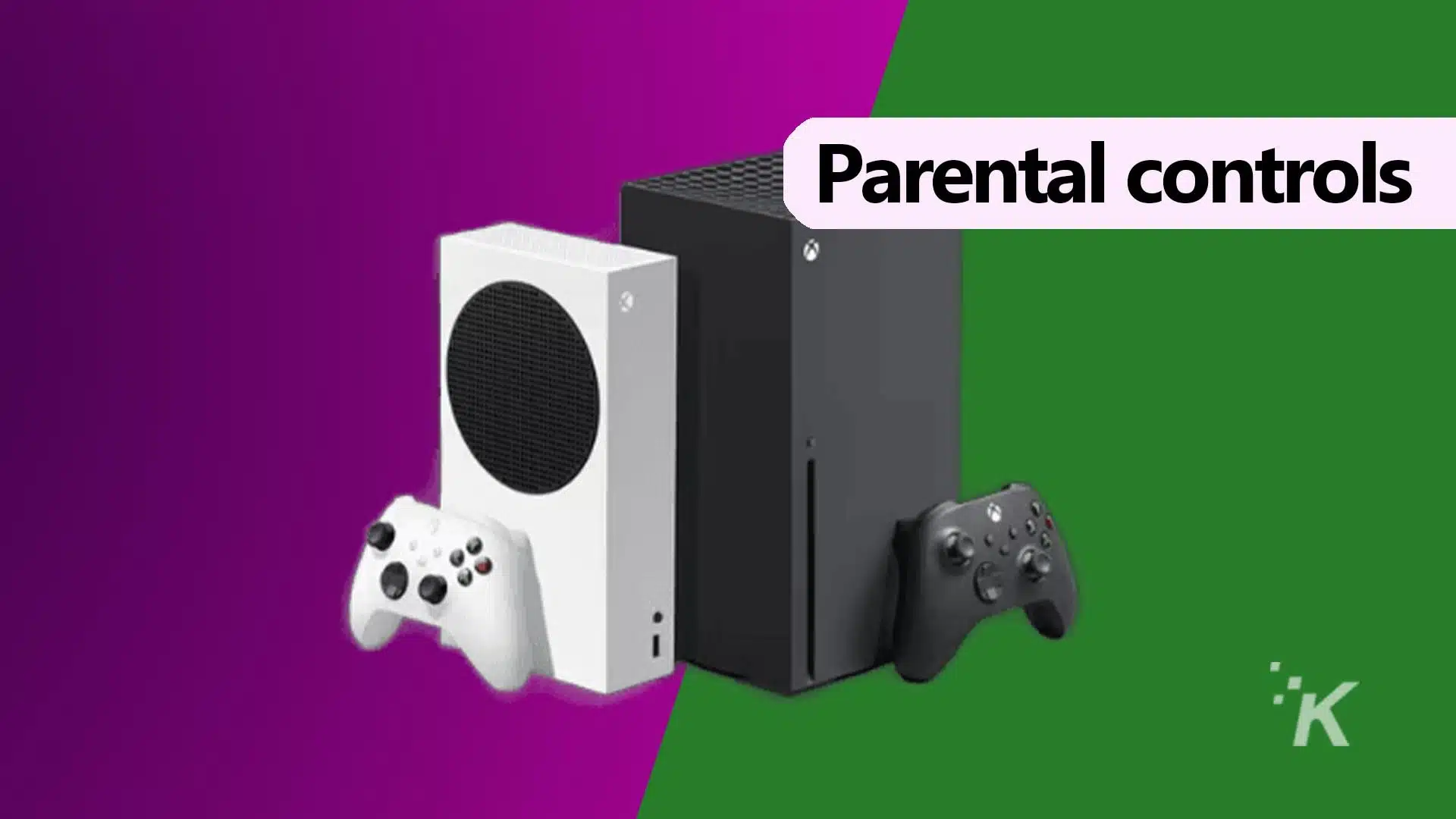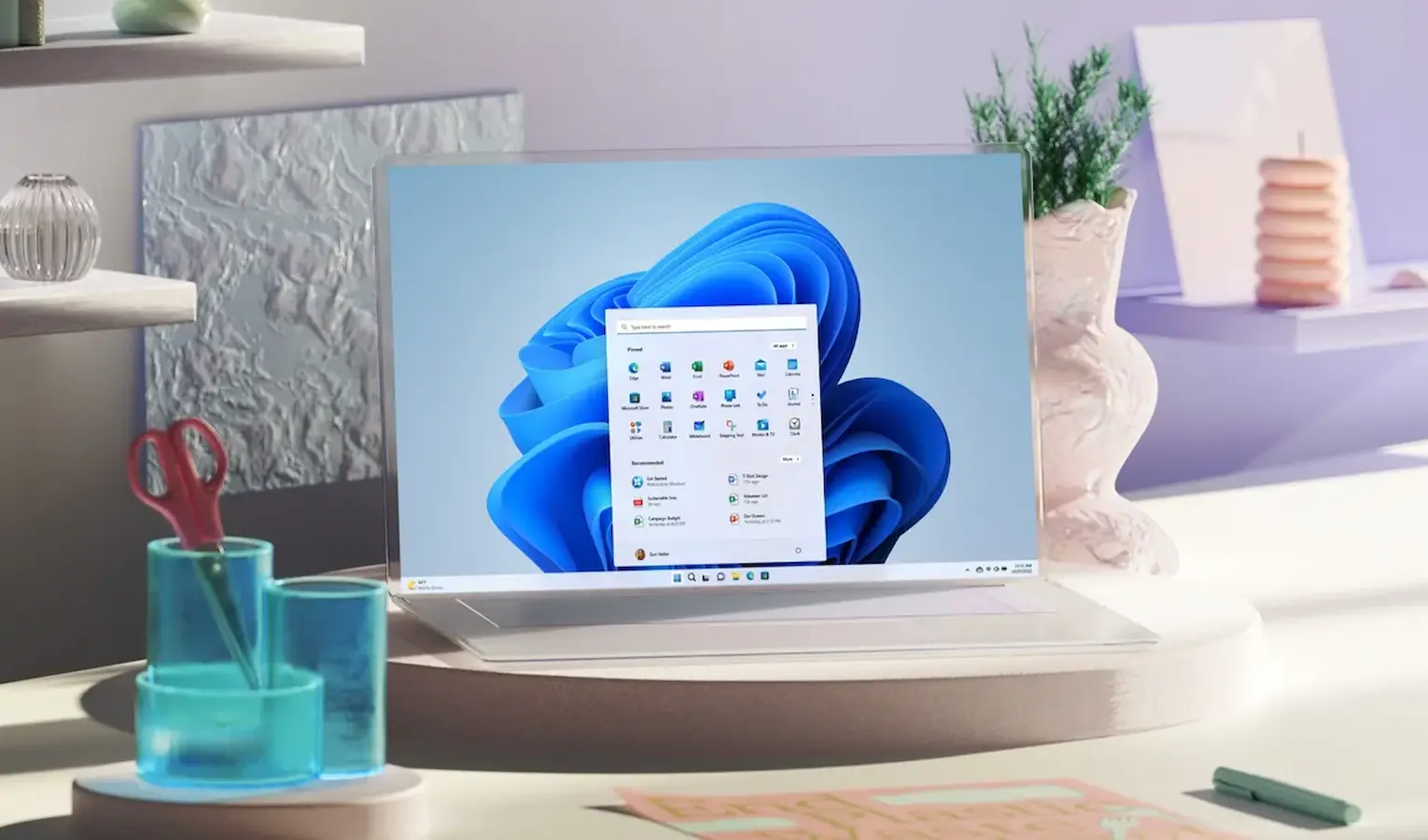Generally, users format a USB flash drive due to file system incompatibility, but there could also be other reasons, like increasing the speed or fixing the errors.
Whatever the reason, formatting a USB flash drive on Windows and MacOS is easy. Below, we have shared different ways to do so on Windows. Let’s get started.
Types of File Systems
Before formatting a USB flash drive, it’s important to understand the different file systems used. Four file systems are used primarily in USB flash drives. Here are the four main ones.
FAT32: This is the most common file system used on the Windows operating system but is also compatible with Mac systems. The problem with FAT32 is that it caps the file size at 4GB.
NTFS: If you want to remove the FAT32’s 4GB file size limit, consider NTFS. NTFS is one of the most common file systems used in Windows. However, NTFS is read-only on MacOS; other apps will need to write the files.
exFAT: exFAT is a modern file system compatible with Windows and Mac. It doesn’t have any limitations. However, it needs to be more compatible with older operating systems.
Mac OS Extended: MacOS Extended is only for Mac users and is not compatible with Windows. Hence, if you want to use a USB Flash Drive only on a Mac, Mac OS Extended should be your go-to file system.
Now that you know the different file system options, you can format your USB drive using one of the best methods in Windows.
Format USB Flash Drive from File Explorer
The file explorer method of formatting a USB Flash drive is the easiest of all. The format tool is easy to use and formats the drive quickly. Here’s how to format a USB flash drive using Windows File Explorer.
1. Connect the USB flash drive to your Windows computer.
3. Under the devices and drives, right-click on your USB flash drive and select Format.


4. On the Format prompt, click the File System Drop-down and select the file system compatible with Windows (NTFS, FAT32, exFAT). If you also want to use it on Mac, choose exFAT or FAT32.


5. Go with the default selection on the Allocation unit size drop-down.


6. Next, on the Volume Label field, enter the name you want to give it to your USB Flash Drive. For example, Techviral USB.


7. On the Format option, check the Quick Format.


8. Finally, click the Start button to format the USB flash drive.
9. On the format confirmation prompt, select Ok.


This is the easiest way to format a pen drive on a Windows computer. Other methods are a bit more complicated than this one.
Format USB Flash Drive from Disk Management Utility
Disk Management utility on Windows can be used to format any connected drive. Formatting from the Disk Management utility could be complicated, but you get more options. Here’s how to format a USB Flash drive using the Disk Management Utility.
1. Click on Windows search and type Disk Management Utility. Now open the Create and Format Hard Disk Partition from the list.


2. This will open the Disk Management Utility on your computer.
3. The Disk Management utility will show you the file system used on every drive volume installed on your computer.


4. Right-click on your USB Flash Drive and select Format.


5. On the Format Prompt, enter the Volume Label like Techviral USB.


6. Click on the File System drop-down and select the file system of your choice.


7. Select Default on the Allocation unit size.


8. Once done, check the Perform a Quick Format option and click Ok.


9. On the confirmation prompt, click on the Ok button.


This is another method for formatting a USB flash drive on Windows using the Disk Management utility. The utility also allows you to create partitions for your USB flash drive.
Format a USB Flash Drive on Windows Using CMD
If you want a more complicated way of formatting a USB stick on Windows, you can use CMD. CMD is recommended when the USB flash drive fails to format from the Disk Management utility.
Using CMD to format a USB Flash drive might be complicated, but it’s very effective and can even deal with drives locked by malware. Here’s what you need to do.
1. Click on Windows search and type CMD. Right-click on the CMD and select Run as administrator.


2. When the Command Prompt opens, type diskpart and press Enter.


3. Next, type in the list disk command and press Enter.


4. Now execute the select disk + number (Replace the number with the actual number displayed beside your USB drive). For example, select disk 2


5. Now type in list volume and press Enter.


6. You will now see every volume available on your PC. Select the volume by executing the command: select volume number.


Note: Replace the number with the actual number of your volume.
7. This will select the drive. Now execute the command:
format fs=ntfs quick


Note: Replace NFTS with the file system you want to use.
8. Once the USB flash drive is formatted, type exit on the Command Prompt.


Format USB Flash Drive using USB Format Tool
USB Format Tool or Disk Management Utilities are great for managing the existing partitions.
Third-party disk management tools for Windows provide easy options for resizing/moving partitions, merging partitions, cloning disks, migrating OS to different drives, deleting existing partitions, and more.
You can use those tools to format your USB Flash Drive. Formatting a USB flash drive with a USB format tool is much easier and provides more controls.
We have already shared a list of the best Disk Management tools for Windows. Some of these tools can format a USB flash drive.
Format USB Drives on MacOS
If the Mac does not detect the USB Flash drive, it is likely formatted with an incompatible file system. Hence, you need to reformat it with a compatible one. Here’s how to format a USB flash drive on a Mac.


- Insert the USB flash drive into your Mac.
- Now, navigate to Applications > Utilities > Disk Utility.
- Launch Disk Utility and select the USB drive.
- At the top of the Disk Utility, select the Erase option.
- Now, type in the name of the USB drive and select the Format file system.
- Once selected, click on the Erase.
- This will format the USB drive. Once completed, click on the Done button.
Once formatted, the USB drive can store pictures, videos, documents, or any other file type.
Frequently Asked Questions
Do I need to format a new USB Flash drive?
While formatting a new USB flash drive is not necessary, you can do so if you suspect it was previously used by someone else or if you are experiencing problems while using it.
What does Formatting a USB do?
Formatting removes all data stored on a USB drive. It’s a process of preparing a storage device, such as an HDD, SSD, or flash drive, to store information.
How do I delete everything off a USB stick?
You can manually delete the content stored on a USB stick. You can also format it by following the methods we have shared to delete each piece of data stored on a USB drive.
Can I recover data from a formatted USB Flash Drive?
Recovering data from a formatted USB flash drive is difficult, but several third-party tools can do it. The success percentage is usually low, but you can still try it if the lost data is very important.
Which is the recommended format USB allocation unit size?
The recommended format USB allocation unit size is the default or pre-selected one. If your flash drive is smaller than 8GB, the best allocation unit size is 4096 bytes. If it’s larger than 8GB but smaller than 16GB, 8192 bytes. If the flash drive is larger than 16GB, the recommended allocation unit size is 16 kilobytes.
How to format USB to FAT32?
To format a USB to FAT32, follow the methods we have shared. Make sure to select FAT32 from the file system drop-down menu.
These are simple methods for formatting a USB flash drive on Windows and MacOS. We have discussed all the working methods for formatting USB drives with a proper file system, so use these methods whenever needed.
“Hey there! Just so you know, we’re an Amazon affiliate. This means if you buy something through our links, we may earn a small commission. It doesn’t cost you extra and helps keep our lights on. Thanks for supporting us!”











